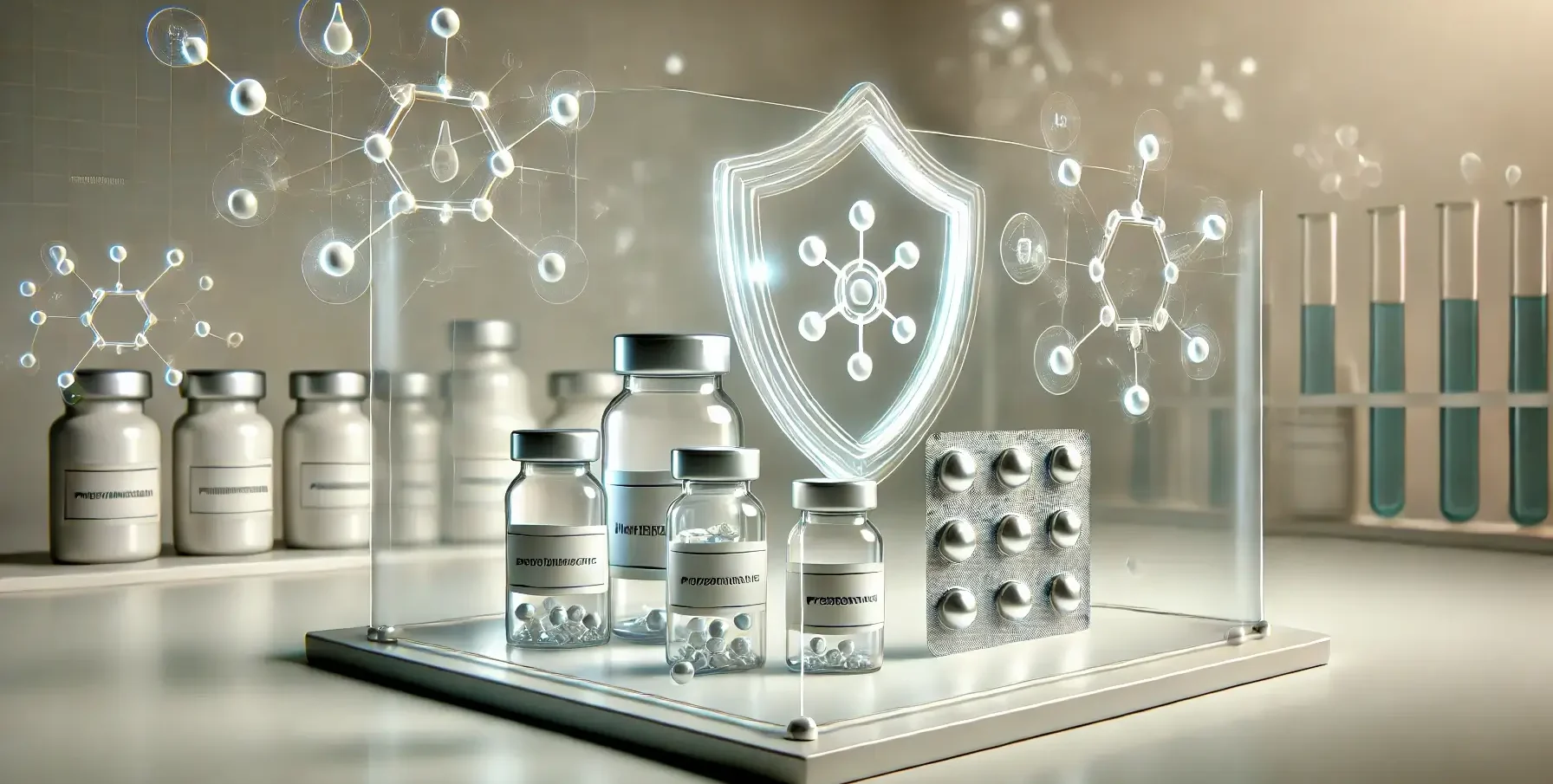- Preservation of Pharmaceutical Products Using Antimicrobial Agents, particularly those that are aqueous or semi-solid, are susceptible to microbial contamination, which can compromise their safety and efficacy.
- To prevent this, antimicrobial preservatives are commonly added to formulations.

This is a sample ad placement!
Types of Antimicrobial Agents for Preservation of Pharmaceutical Products
-
Preservatives:
- Parabens (Methylparaben, Propylparaben): Widely used due to their broad-spectrum antimicrobial activity.
- Benzalkonium Chloride: Effective against bacteria and fungi; commonly used in ophthalmic and nasal preparations.
- Phenol and Chlorocresol: Used in injectable products and antiseptics.
- Alcohols (Ethanol, Benzyl Alcohol): Effective against bacteria and fungi; used in oral and topical formulations.
- Quaternary Ammonium Compounds (Cetylpyridinium Chloride): Used in mouthwashes and lozenges.
-
Antioxidants:
- These protect the product from oxidation, which can indirectly help in maintaining antimicrobial stability.
- Examples include Ascorbic Acid and Butylated Hydroxyanisole (BHA).
-
Chelating Agents:
- EDTA (Ethylenediaminetetraacetic Acid): Enhances the effectiveness of preservatives by binding metal ions that could otherwise stabilize microbial cell walls.
Mechanism of Action
-
Disruption of Cell Membranes:
- Many preservatives, such as alcohols and quaternary ammonium compounds, disrupt microbial cell membranes, leading to cell lysis.
-
Inhibition of Metabolic Pathways:
- Parabens and phenolic compounds can interfere with microbial enzyme systems.
-
Oxidative Stress:
- Antioxidants can generate reactive oxygen species that damage microbial DNA and proteins.
This is a sample ad placement!
Thank you for reading from Firsthope's notes, don't forget to check YouTube videos!

